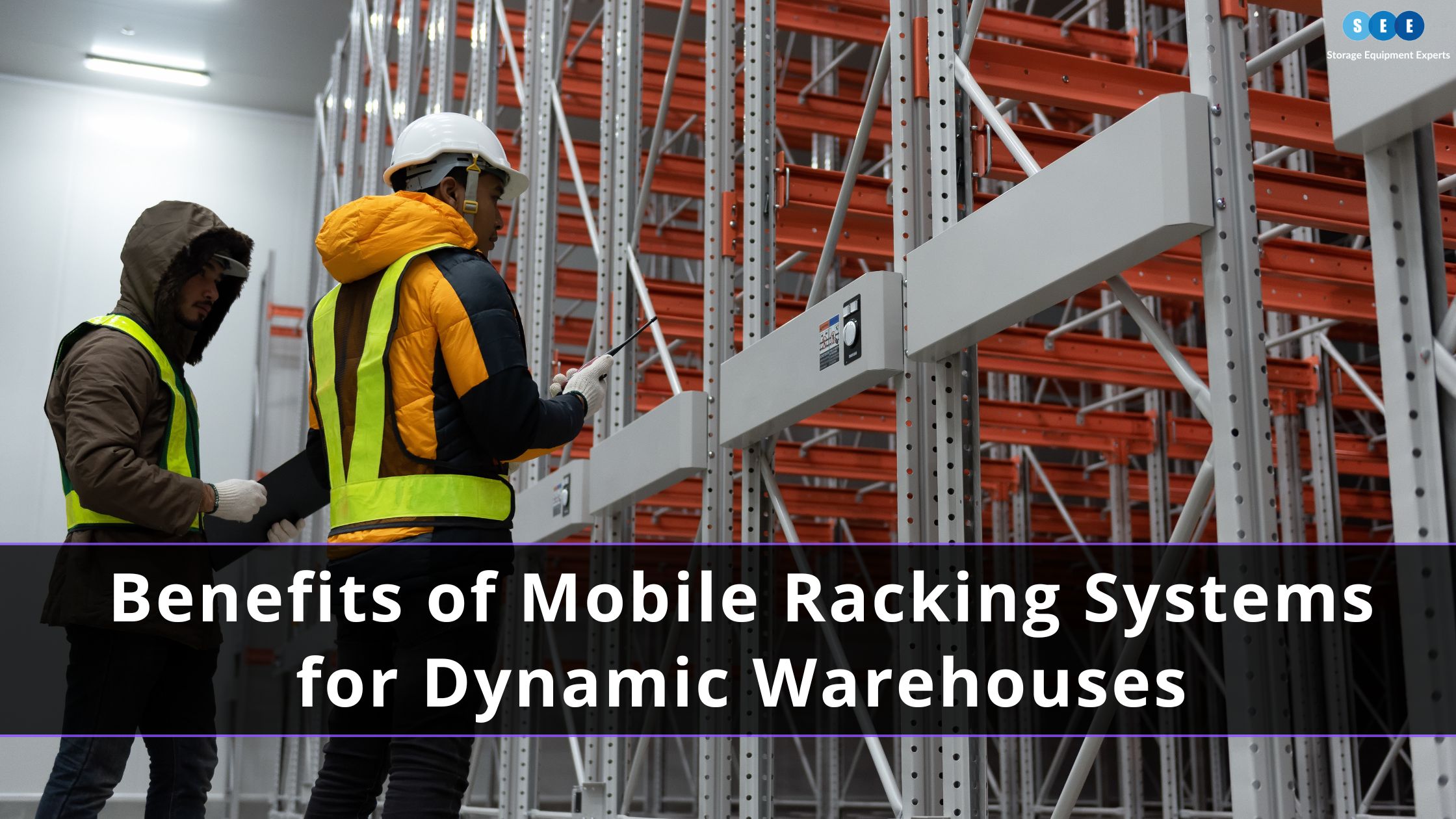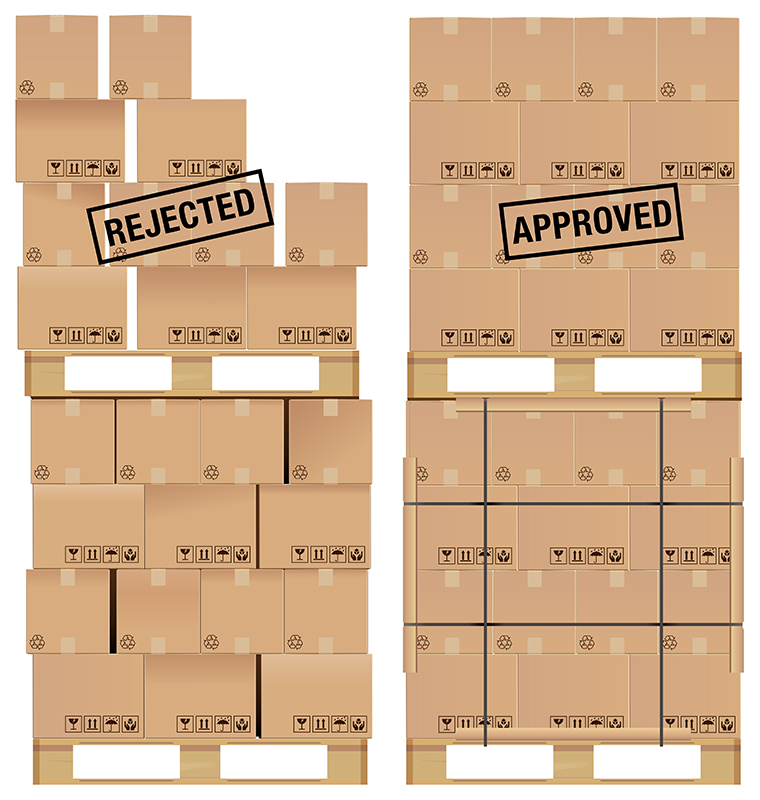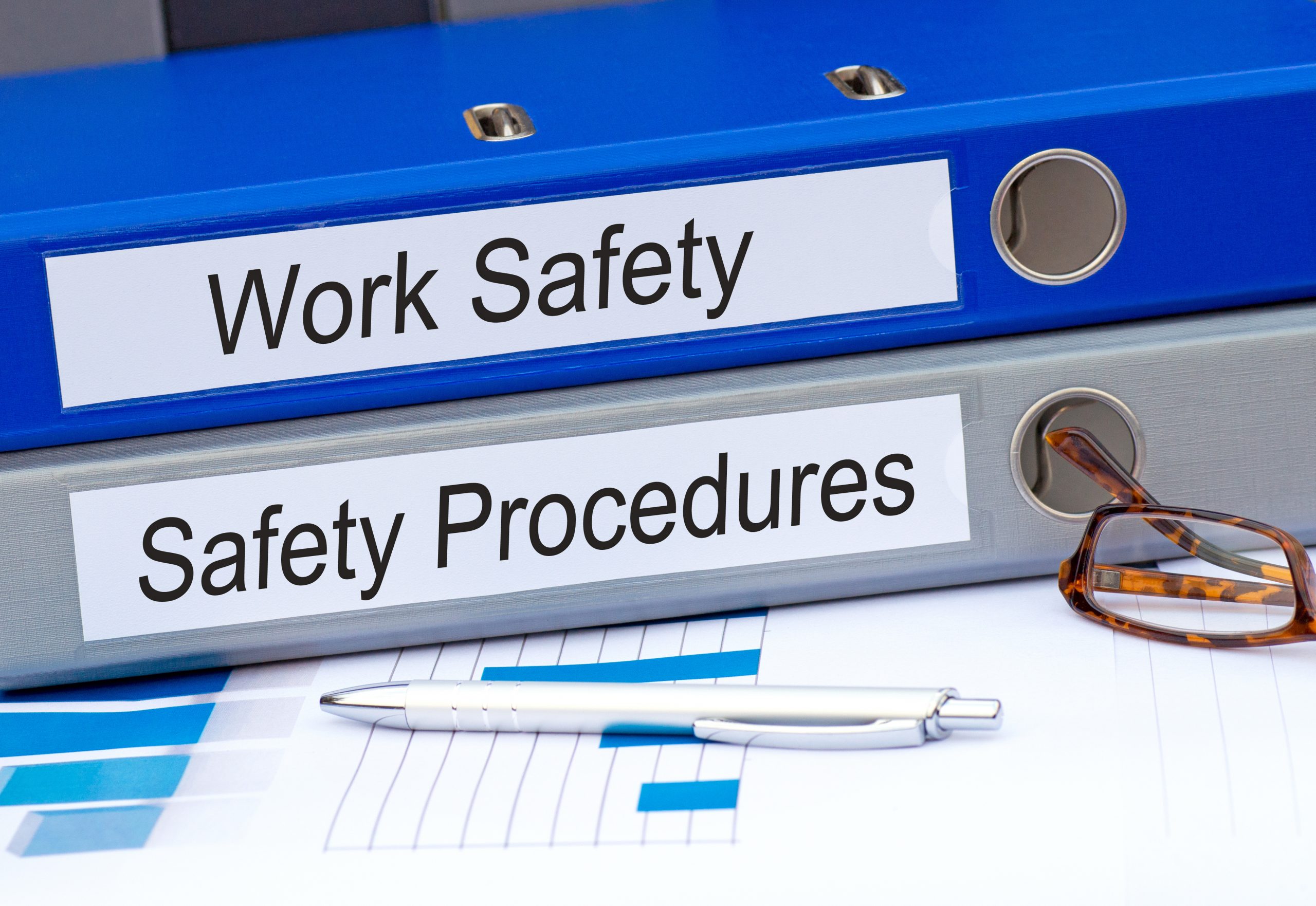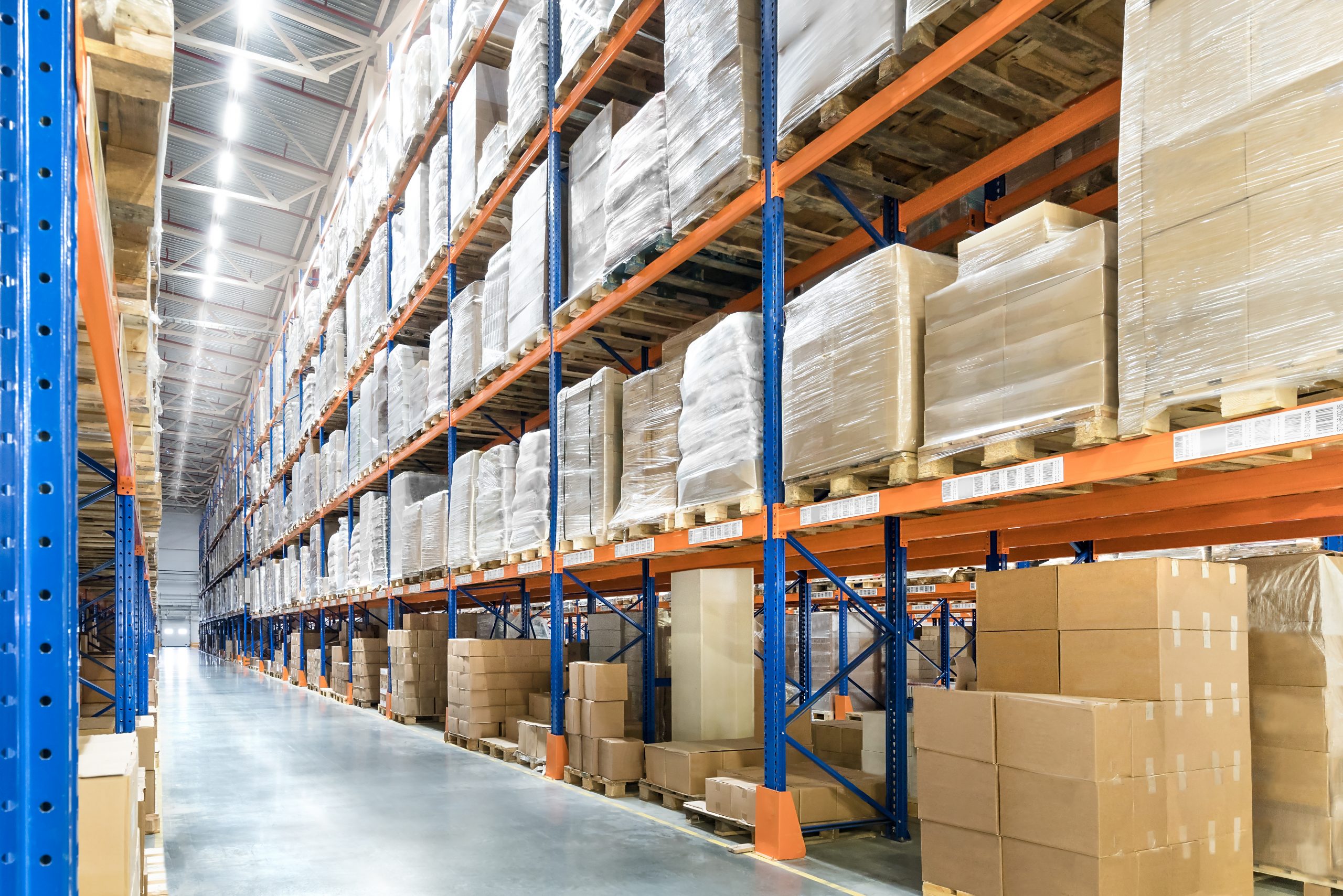Benefits of Mobile Racking Systems for Dynamic Warehouses
Some warehouses need to be flexible in terms of the layout, to make sure that they are able to remain as efficient as possible and make the best use of the available space. For these ‘dynamic’ warehouses, mobile racking systems are the perfect fit – unlike traditional static racking, mobile racking systems offer the ability to adjust storage configurations with ease, allowing warehouses to optimise every inch of available space.
If you have (or plan to have) a dynamic warehouse, this article is for you as we explore the key advantages of mobile racking systems and why they’re an ideal choice for fast-paced, flexible operations.
1. Maximizing Storage Capacity
The standout feature of mobile racking systems is their ability to maximise storage capacity without requiring additional floor space. This means warehouse operators can eliminate unnecessary aisles, consolidate racks and make the most of every square meter.
Key Benefits:
- Unlike static warehouse racking, mobile systems operate on rails, allowing racks to be moved as needed. This design significantly reduces the number of aisles required, freeing up space for more storage.
- Mobile racks can store up to double the amount of goods in the same space compared to traditional racking, making them an excellent choice for warehouses where space is at a premium.
- The system can be tailored to suit specific storage needs, making optimal use of both vertical and horizontal space.
Example: A warehouse storing seasonal products can use mobile racking to accommodate high-volume inventory during peak times while reverting to a more open layout during off-seasons.
2. Enhancing flexibility and adaptability
Dynamic warehouses require storage systems that adapt quickly to changing needs, and mobile racking delivers on this front. Its ability to shift and reconfigure makes it particularly valuable in industries with fluctuating inventory levels or varied product types.
Advantages for Dynamic Operations:
- With mobile racking, you can adjust the storage setup to accommodate different pallet sizes or types of goods without overhauling the entire system.
- These systems work well for both bulk storage and smaller, high-turnover items, making them ideal for warehouses with diverse inventories.
- Mobile racking allows warehouses to reorganise storage efficiently, whether for seasonal stock changes or to introduce new product lines.
Tip: Mobile racking is also beneficial for warehouses handling temperature-sensitive goods, as it allows better control of storage density in climate-controlled areas.
3. Improving Accessibility and Efficiency
While traditional racking systems require multiple aisles for accessibility, mobile racking eliminates wasted space while still providing easy access to stored goods.
On-Demand Aisles
With a push of a button, mobile racking opens up the necessary aisle for picking or restocking, ensuring that only the required aisle is accessible at any given time.
Faster Picking Processes
As the number of aisles is minimised, workers can quickly access the exact location of goods, reducing time spent walking or searching for inventory.
Optimised Workflow
Mobile racking can be integrated into warehouse management systems (WMS), streamlining operations and allowing for precise inventory tracking.
Benefit: The improved accessibility reduces worker fatigue and enhances productivity, ensuring faster order fulfilment without compromising accuracy.
4. Space Efficiency For Cold Storage
Cold storage facilities face unique challenges due to their high operating costs and limited available space. Mobile racking is particularly advantageous in these settings.
Advantages for Cold Storage Warehouses:
- Energy Savings – by reducing the number of aisles and increasing storage density, mobile racking minimises the space that needs to be cooled, lowering energy consumption.
- Maximized Capacity – every inch of a cold storage warehouse is valuable. Mobile racking ensures that even small areas are utilised effectively, allowing facilities to store more goods in less space.
- Temperature Integrity – the compact design of mobile racking helps maintain consistent temperatures, as there are fewer open spaces for air to escape.
5. Enhanced Safety Features
Safety is crucial in warehouses; mobile racking systems feature advanced technology to protect workers and inventory from potential hazards effectively.
Key Safety Features:
- Integrated locking systems: Racks remain locked in place while workers access goods, preventing unintentional movement.
- Sensors and automation: Many mobile racking systems include safety sensors to detect obstacles, stopping the system automatically to avoid accidents.
- Improved stability: Designed to withstand heavy loads, mobile racking systems provide excellent stability, reducing the risk of collapse.
Pro Tip: Regular maintenance and safety checks are essential to ensure the long-term reliability and safety of mobile racking systems. Ideally, these checks should be performed by a SEMA-approved racking inspector.
6. Cost Efficiency in the Long Run
Mobile racking systems have higher initial costs than static racking, but long-term savings make them a smart and worthwhile investment.
Cost-Saving Benefits:
- Reduced warehouse expansion costs: Mobile racking can delay or even eliminate the need for costly warehouse expansions by optimising the use of existing space.
- Lower operational expenses: The improved efficiency reduces labour costs, energy consumption (especially in cold storage), and the time required for inventory management.
- Fewer repairs and replacements: High-quality mobile racking systems are designed for durability, requiring minimal maintenance over their lifespan.
Advice: Consider the total cost of ownership when evaluating mobile racking systems. The savings in operational costs often offset the higher initial investment.
Conclusion
Mobile racking systems maximize space, enhance efficiency, and provide flexibility, making them ideal for dynamic warehouses with evolving storage needs. The benefits of these systems should be clear – they increase storage capacity and reduce operational costs while enhancing safety. Yes: the upfront investment may be higher, but the long-term advantages make mobile racking a worthwhile addition to any modern warehouse.
If you’re ready to transform your warehouse and make the most of your storage space, consider implementing a mobile racking system. It’s a step toward smarter, safer, and more efficient warehouse operations.
Learn more about all things racking and rack safety right here at SEE Racking Inspections.










